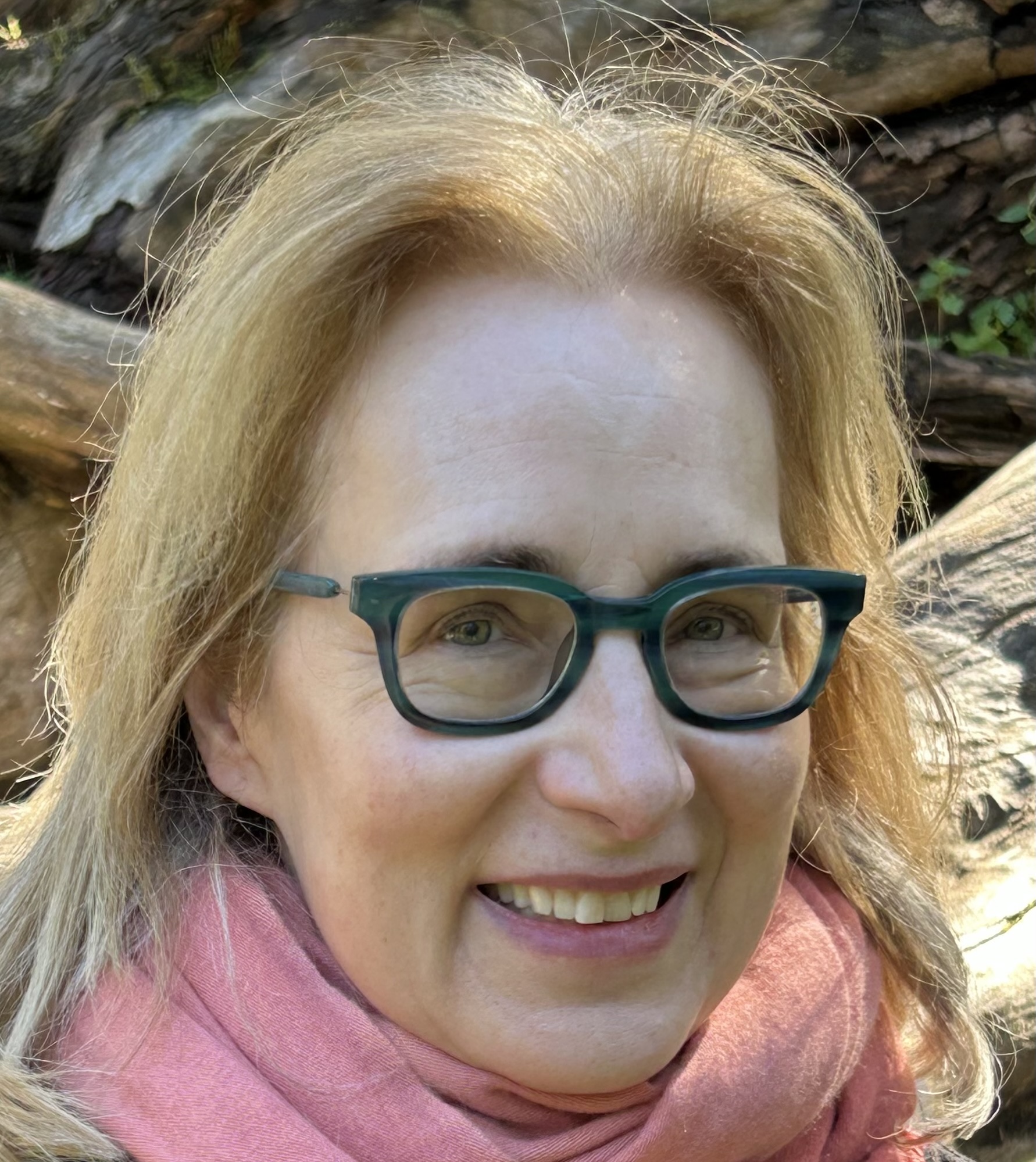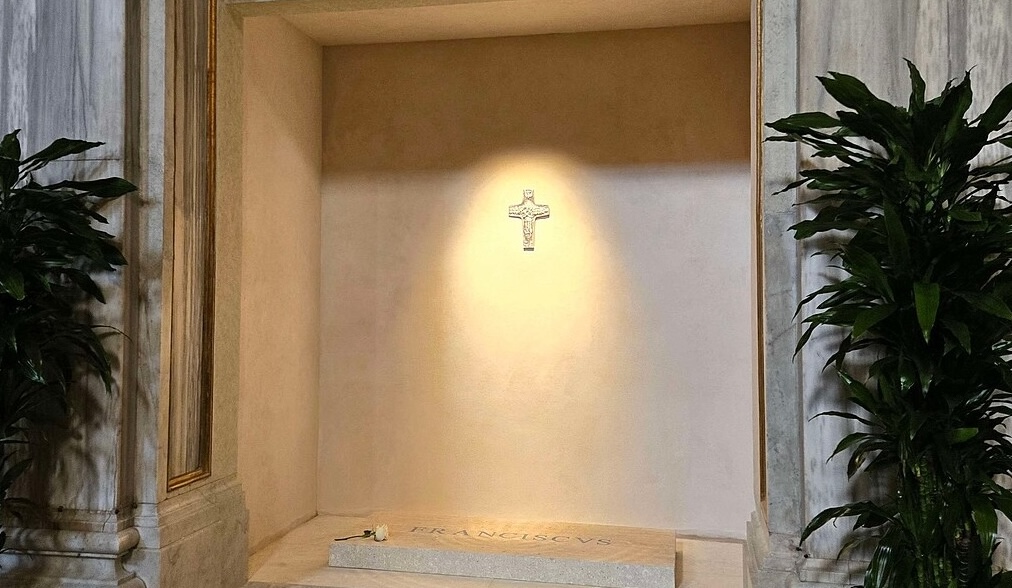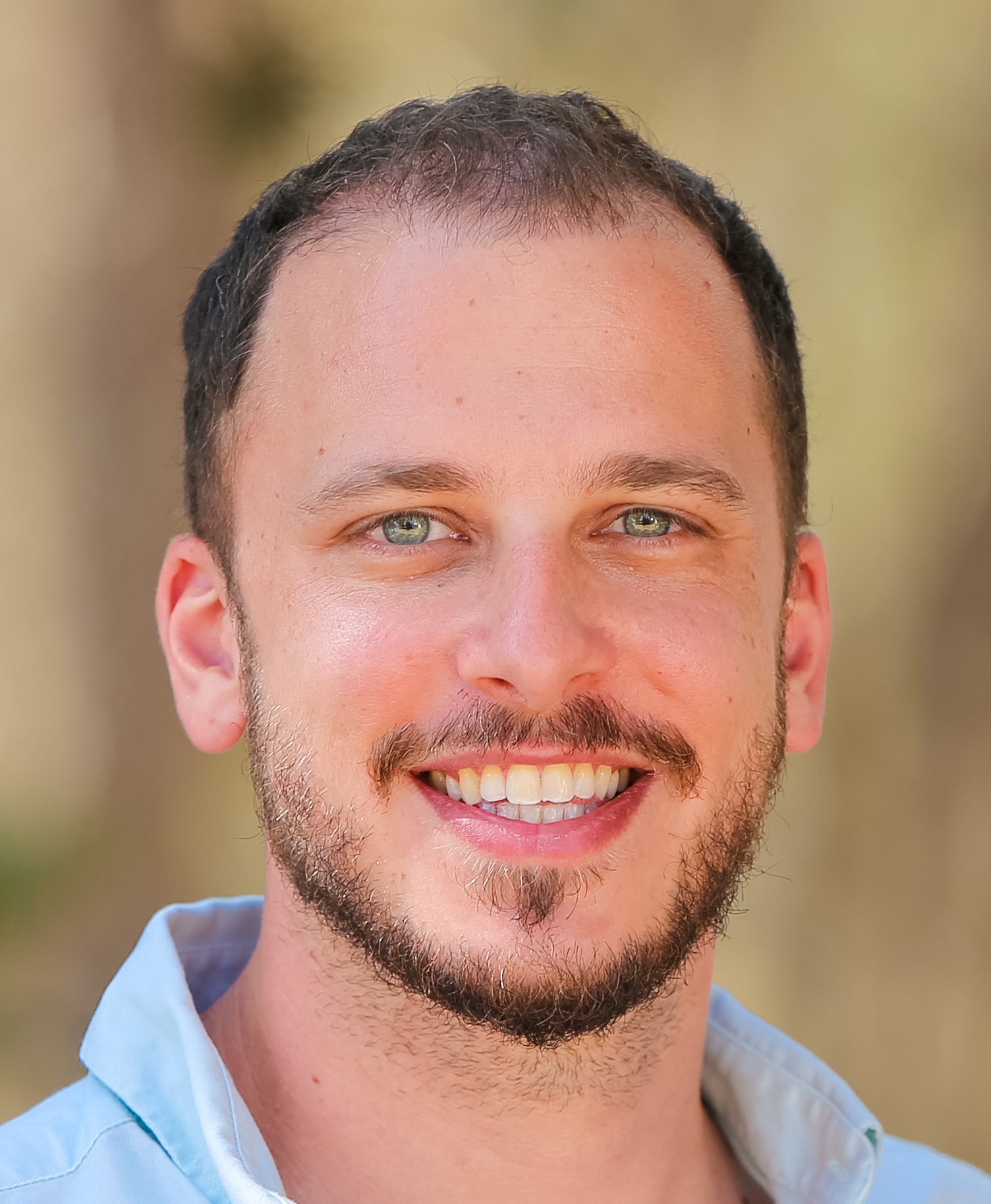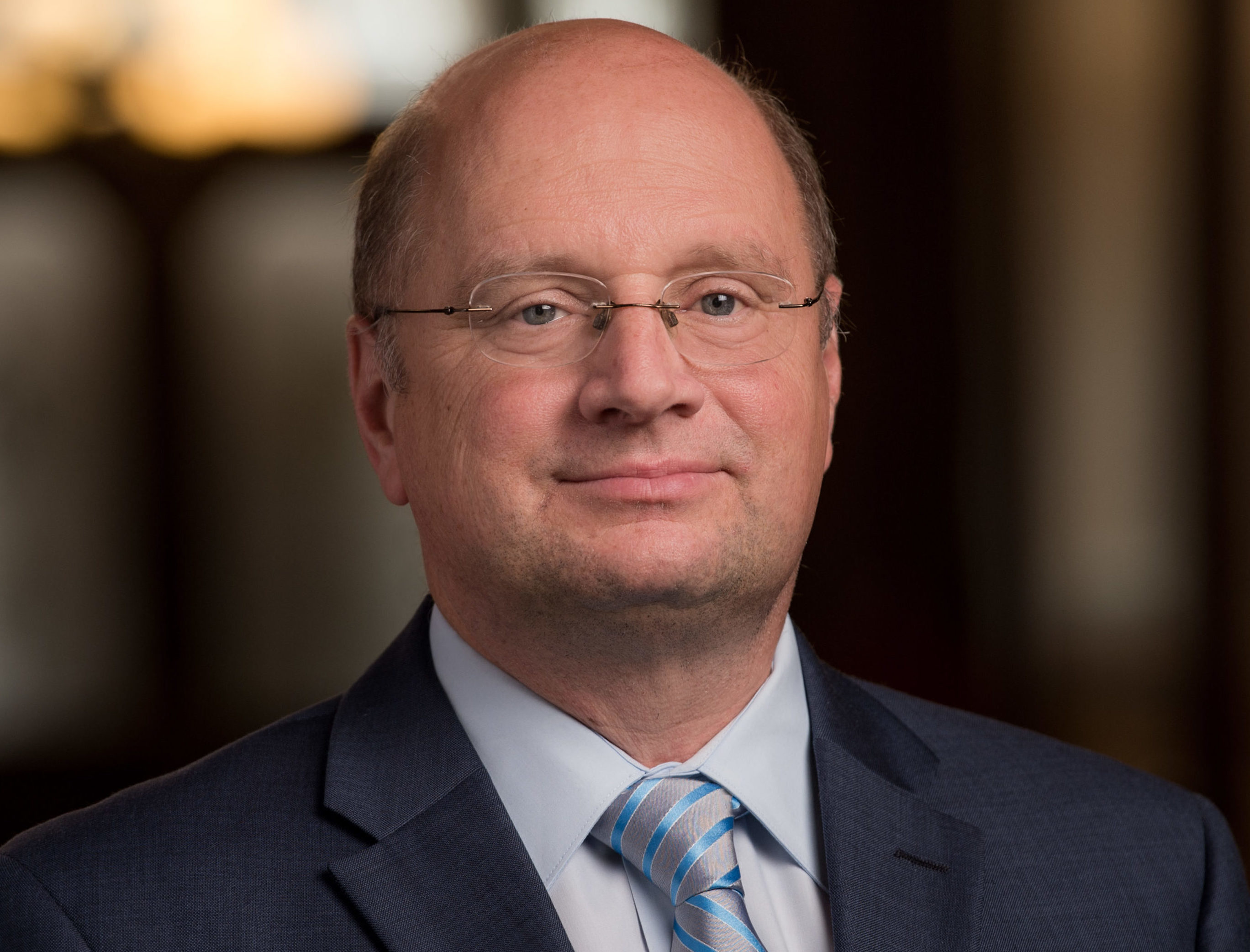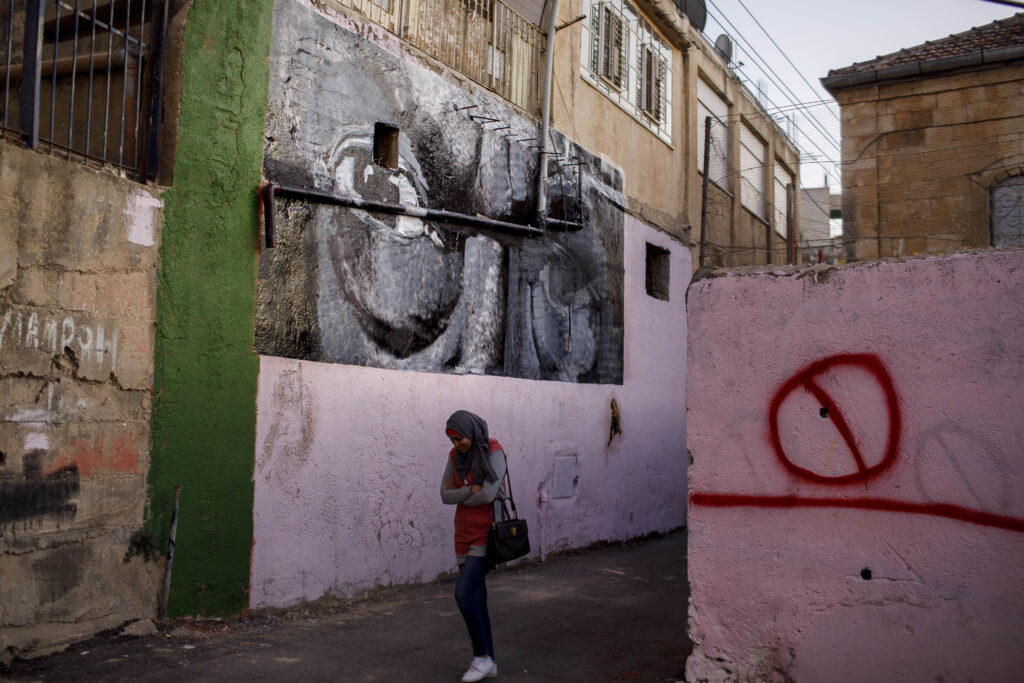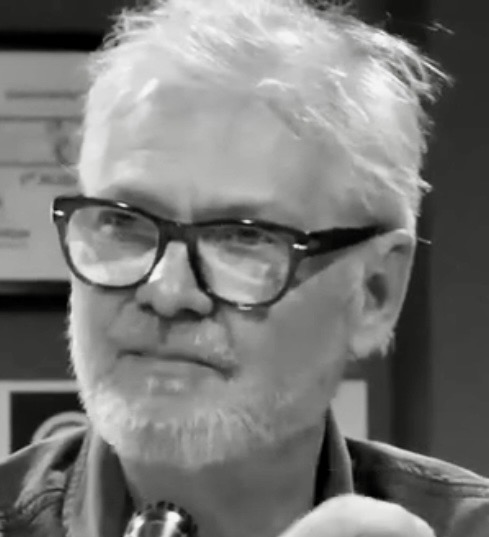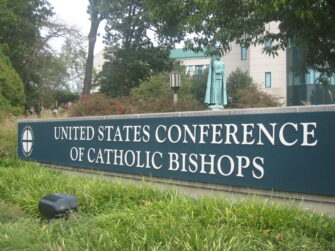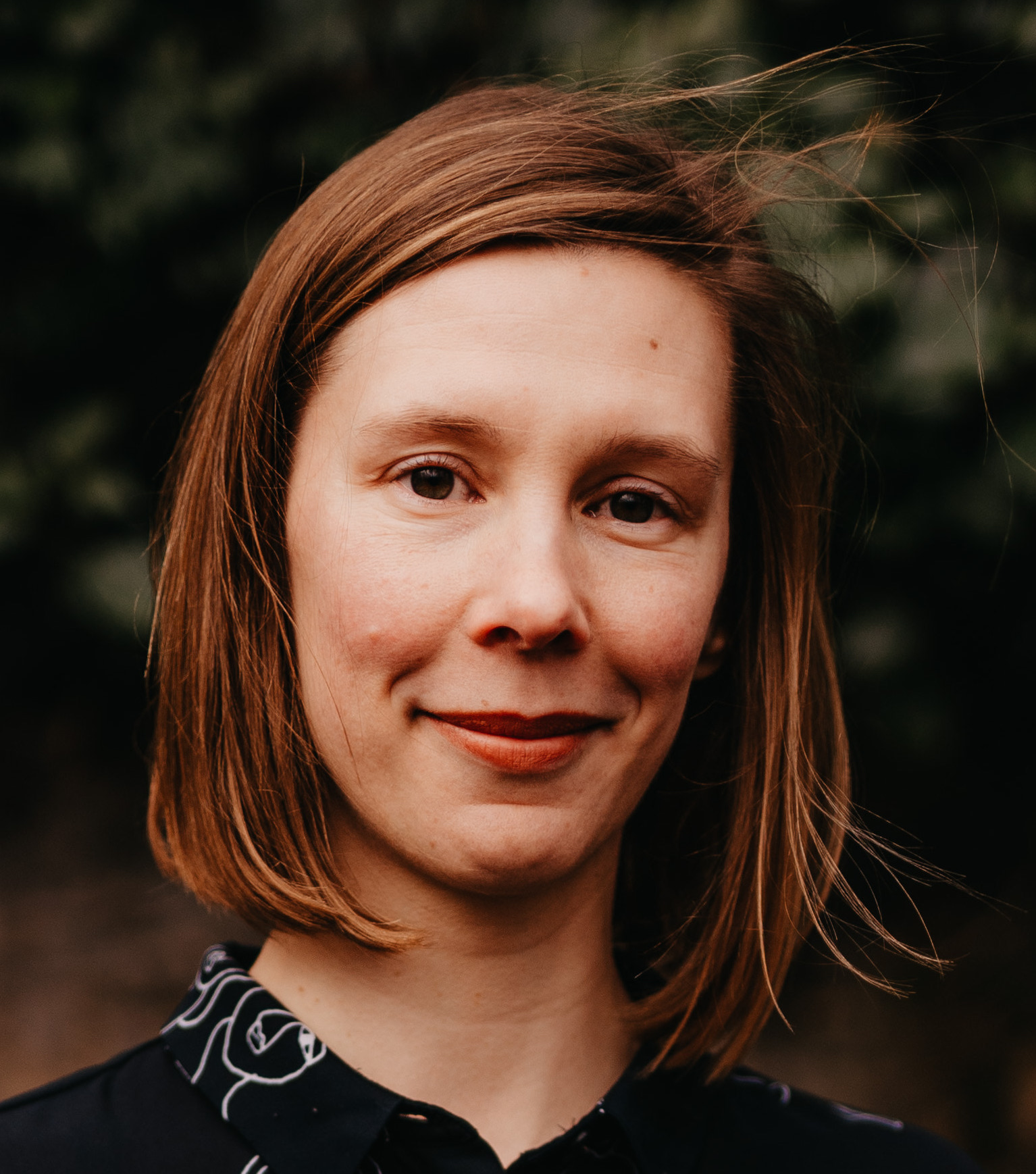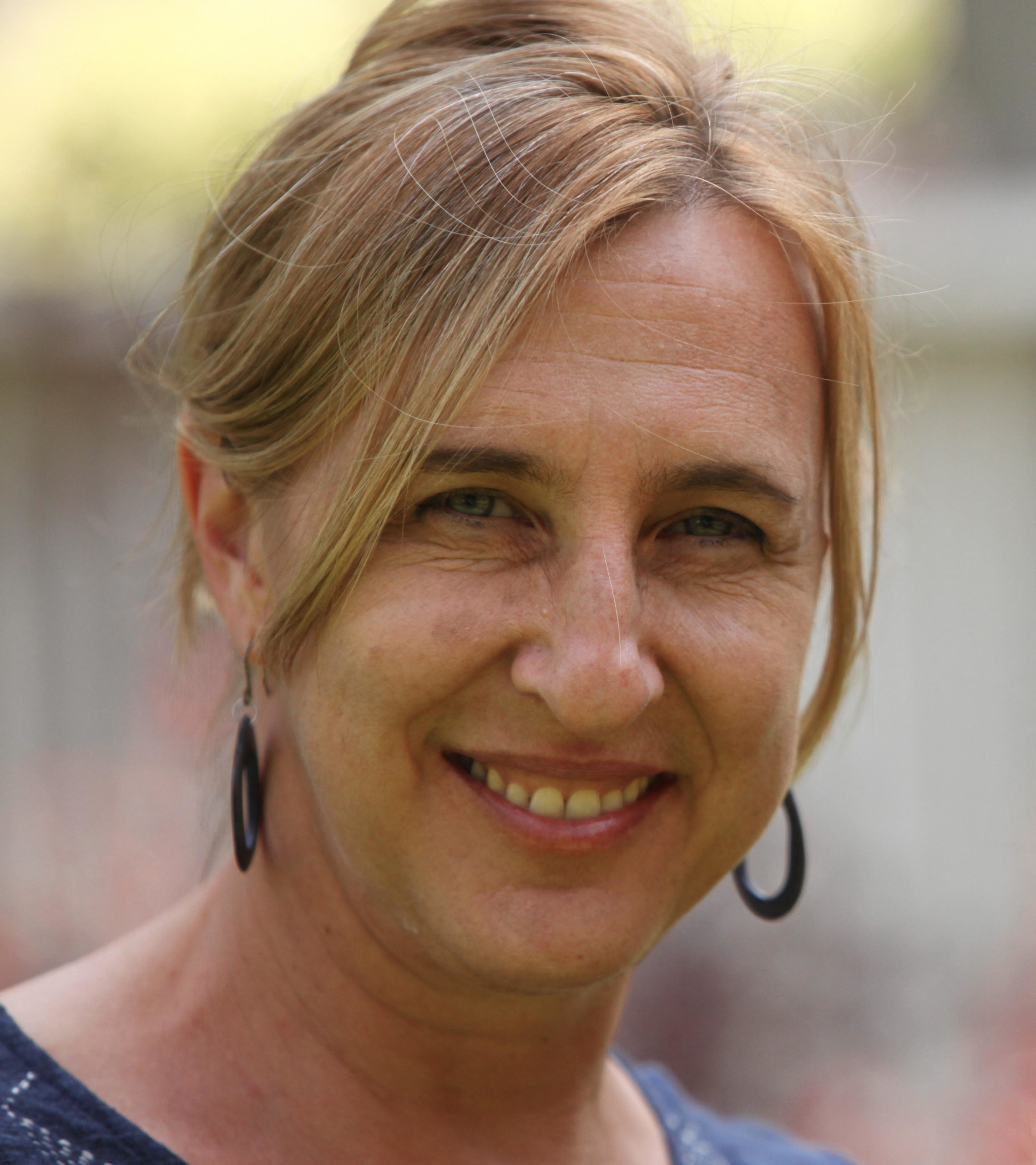
In Restorative Justice and Lived Religion, Jason Springs argues that mass incarceration in the US is being challenged via restorative justice practices. These practices are being enacted by people living in the communities that have most suffered from mass incarceration and its rippling harmful effects. As Springs documents, mass incarceration has wreaked havoc on the economic, social, political, and spiritual lives of people living in predominantly Black and Brown communities across the US. Springs trains his attention on a few neighborhoods in Chicago where local community members, accompanied by restorative justice practitioners, have instituted alternative practices to redressing harm than that of the retributive model of the state. In response to harm, the state locks people away, often for years. But in some of the communities where restorative justice initiatives have been implemented, people gather in face-to-face meetings where they work to repair the relationships that have been harmed as a result of wrongdoing.
This analysis is at its best in the chapters where Springs recounts his on the ground engagement with practitioners in the Precious Blood Ministry in the Back of the Yards community. Here, sometimes with sanction from the state, an alternative to the retributive model for addressing harm is being practiced. Crucially, for Springs, it is through the enactment of this alternative for repairing harms and achieving justice that a critique and transformation of the wider system of mass incarceration is able to take place. This transformation is not sweeping—it is not a revolution—but occurs rather through piecemeal work, community-by-community, person-by-person. Springs’s ultimate argument is that restorative justice practices and the values they cultivate in practitioners create the virtues necessary to combat mass incarceration at more structural levels. This might occur when members of the community advocate for changing laws around sentencing practices for minors or in working within the system to create more pathways for restorative justice alternatives for those who are caught up in the criminal justice system. As Springs notes, such work is slow and requires constant vigilance to avoid being coopted by the system of retributive justice. But rejecting any involvement with this system, as those who call themselves abolitionists often do, is simply not possible for those seeking to redress the harmful effects of mass incarceration in the present.
I want to focus in this post on what Springs argues is one of the secrets to restorative justices’ success and to its transformational vision for the wider system in which we attempt to repair harm in this country, and that is spirituality. I argue that Springs’s critique of purist accounts of abolition—which advocate for more restrictive understandings of religion to counter the secular state—are on target, but his account of restorative justice might be strengthened by reframing it not only as a set of practices and a theory of justice but as a moral tradition in its own right. The payoff of characterizing restorative justice in this way is that it clarifies its potential as a robust alternative to the dominant form of justice as practiced in our society.
Restorative Justice, Lived Religion, and Spirituality
Let me first unpack the role of lived religion and spirituality within the larger argument of the book. It is most clearly in the final two chapters that Springs clarifies how he understands the role of religion in the practices and values of restorative justice. For him this role is best exemplified by the category of lived religion, which refers to “meaning making that takes place through ad hoc practices of piety, reverence, devotion, and informally (or perhaps formally) ritualized action” (191). In other words, lived religion points to the everyday ways in which people embody their religious identity, rather than to the doctrinal and institutional forms of practice that we might typically associate with religion. Lived religion, for Springs, is no less of a “valid” or “authentic” form of religious practice, and in fact is responsible for the success of ministries like Precious Blood. Even though Precious Blood is associated with the Catholic Church, the restorative justice practices that they engage in at their ministry have been developed over time in what Claude Levi Strauss would have called a “bricolage” manner, drawing on ideas and practices from various religious and Indigenous traditions (see also Jeffrey Stout’s repurposing of this idea in the field of religious ethics). Springs meticulously documents how these practices are carried out at Precious Blood and the profound positive impact that they have had not only on those who have been victims and perpetrators of harm, but also their wider communities. By not being associated with any particular religious tradition, those who might otherwise avoid such practices are made welcome. Indeed, Springs adopts the language of “spirituality,” which is often derided by scholars, to describe how those engaged in restorative justice work understand their purpose. In the “co-creation of community” and in an other-regarding ethics, Springs makes the case for a lived religion and spirituality that enables a transformative vision of criminal justice in this country.
Springs counters those critics who see in this spirituality an unmoored form of religious practice that is all surface and no depth. For such critics, without tethering the practices and values of restorative justice to a particular religious tradition, such practices are unable to have a substantive effect on the problem of mass incarceration. They risk conceptual drift and at best help individuals without addressing systemic problems. For critics of restorative justice, this form of restorative justice does not pose real problems to the power of the state because of its weak spirituality. Where the Christian tradition offers a trenchant and historically and traditionally grounded vision of harm, punishment, and restitution that can counter the state’s power, restorative justice in the form currently practiced merely offers a bland and ultimately unimpactful alternative. For some critics, then, the goal should not be the reform of the current system via restorative justice practices, but instead its abolishment. And because the state operates on a secular logic, it is religion that should lead the abolition movement.
Springs adopts the language of “spirituality,” which is often derided by scholars, to describe how those engaged in restorative justice work understand their purpose.
Springs pushes against this binary choice—both in terms of secular vs. religion and reform vs. abolition—via the categories of lived religion and spirituality. The movement for abolition, as he sees it, is too often the victim of idealist thinking from intellectuals who do not face the grim realities that are the result of the New Jim Crow. But it is nonetheless accurate in its diagnosis of the dire conditions faced by marginalized communities. As such Springs proposes a transformative vision that pushes for dramatic change to the system while focusing on the “ad hoc” practices of restorative justice as the means to achieve such change. By showing how restorative justice not only offers an alternative to individuals within the criminal justice system but also makes possible a transformation of the structures that undergird the system, Springs attempts to thread together individual and structural transformation.
Restorative Justice as a Tradition
Springs’s critique of the secular/religious binary as it operates in these spaces is compelling. His on-the-ground analysis shows the seriousness with which practitioners of restorative justice engage their work and the measurable impacts they are having in their local, state, and national communities. But one area where I would like to do some conceptual unpacking and critique is in his use of lived religion and spirituality. Springs sets these in somewhat of an opposition to “official” or “doctrinal” religion. He does not claim that those who bring their religious beliefs into restorative justice spaces are wrong to do so, but rather that the restorative justice space is one that is characterized by a kind of Rawlsian overlapping consensus. Such consensus makes it possible for a host of people who might or might not hold the same religious beliefs to come into a shared space where they pursue common goals. In this space, they might begin to cultivate a shared spirituality based in the practices that are developed and refined over time. Nonetheless, in this case, for Springs, it seems like the more flexible approach to religious identity is preferable to a stricter understanding. But in order to retain this flexibility, Springs is compelled to use more moderate language in his description of what restorative justice actually is. At times in the book he refers to it as a “framework,” an “ethics,” “a set of practices and values,” perhaps least modestly as a “critical praxis,” and even a “theory of justice.” But he does not, as far as I could find, theorize it robustly as a tradition. In fact, Springs often sets “tradition” in opposition to restorative justice. And this does make some sense since to refer to it as a tradition would perhaps risk seeing it as too restrictive in its practices. Yet, I worry that avoiding such a description diminishes the robustness and compellingness of restorative justice as an alternative to retributive justice. The latter, which is supported by “law and order” politicians—however cynically—is often steeped in the language of tradition and this is in part what gives it its power. For example, Republican Senator Josh Hawley, in his address to the 2024 National Conservatism conference grounds his vision of “law and order,” with its retributive approach to migration and protests against police violence, in his particular reading of the Augustinian Christian tradition. In such a climate why not boldly name restorative justice as a tradition?
I think that Springs has, perhaps inadvertently, already demonstrated that restorative justice is a moral tradition in its own right via the content of the book. If we define a tradition as “a historically extended, socially embodied argument” as Alasdair MacIntyre does, (1981, 222), or as “enduring discursive practices,” as Jeffrey Stout does (136), we might begin to see why this is the case. In the heart of the book, Springs outlines the norms, practices, and history of restorative justice movements. He provides arguments for why practices like sitting in circle are effective for transforming relationships and communities. Given Springs’s engagement with the extensive literature on restorative justice in these sections of the book, it is clear that these practices are themselves contested and argued by those committed to restorative justice. Springs also speaks of restorative justice as aiming at promoting “human flourishing,” a not immodest goal that is often spoken of in scholarly debates around the aims of tradition. This might make Springs a bit nervous. For one of the things that makes restorative justice so powerful, in his view, is its dynamism. A longer quote from Springs on this:
Restorative justice has an array of historical origins and sources, is conceptualized in manifold ways, and is implemented in a variety of configurations. It is constituted by a historically instituted set of practices that are as dynamic as the communities in which they are developed. It is precisely this internal diversity that affords restorative justice ethics and practices hybridity and flexibility that can accommodate numerous specific religions and moral traditions, as well as ethical humanisms and nontheistic philosophies. (192)
The virtue of this rendering of restorative justice is that it is flexible and amenable to different contexts and historical moments. The risk, of course, is that in being so flexible it loses its hold as a coherent philosophy and worldview. This latter risk is not merely semantic, but practical. For part of what makes a tradition successful or not is its ability to create a coherent set of assumptions and practices that are able to be built upon by later generations. Knowledge and experience allow for the critique and improvement of practices and ultimately lead those in the community closer to attaining the ends that they seek. If the community is unable to sustain this dialogue through time, it might prove unable to sustain itself as a tradition, and in this case, as a plausible alternative tradition by which justice is meted out in this country. As noted previously, Springs has already begun to outline the contours of the restorative justice tradition in the bulk of the chapters in the book. By theorizing it explicitly as a tradition—or perhaps part of a tradition, like the democratic one—he would only strengthen the potency of these sections. And we need not adopt the more siloed understanding of tradition that communitarians and now postliberals like Hawley put forward. For as Springs reminds us, concrete reality is messier than we often give it credit for in the academy. People move between and within different traditions on an everyday basis in our democratic society.
As I have suggested, the language of tradition is impactful in the public sphere and can help bolster restorative justice ethics into the public realm more profoundly. The language of tradition continues to be used by the Right in the United States to promote misogynistic, anti-LGBT, and heteronormative views and laws that support those views. By reclaiming this language, the Left might strengthen the case for alternatives to their worldview that include traditions like that of restorative justice. In Democracy and Tradition, Jeffrey Stout argued against those who oppose democratic culture with that of a pre-liberal or post-liberal traditionalism. He notes, “Democracy is a culture, a tradition, in its own right. It has an ethical life of its own, which philosophers would do well to articulate” (13). Perhaps the same could be said of restorative justice in the context of Springs’ work.

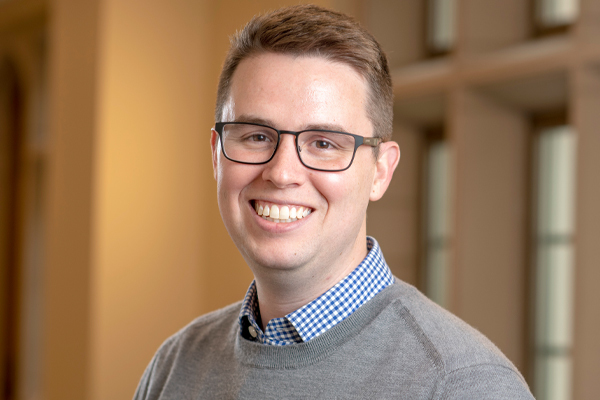

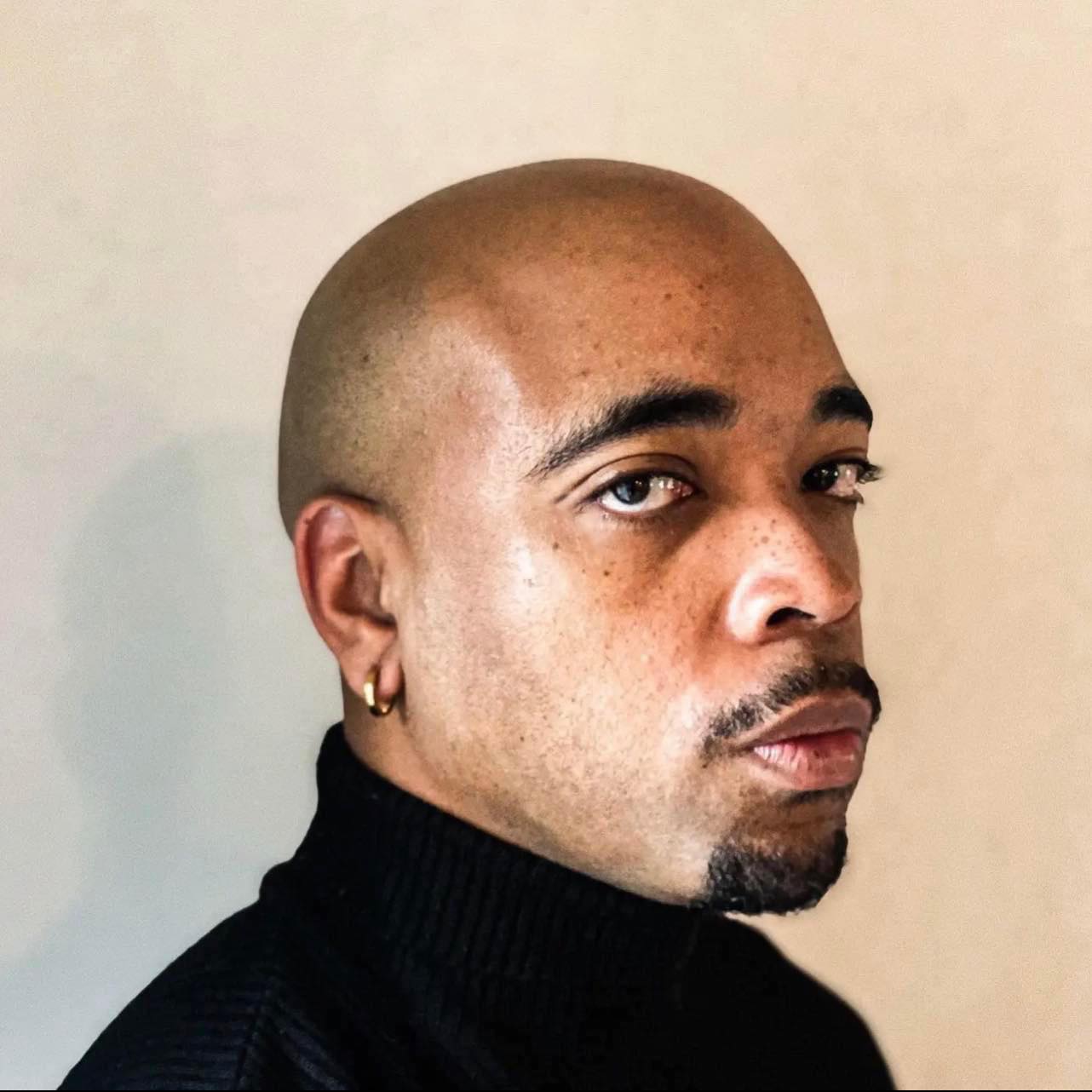
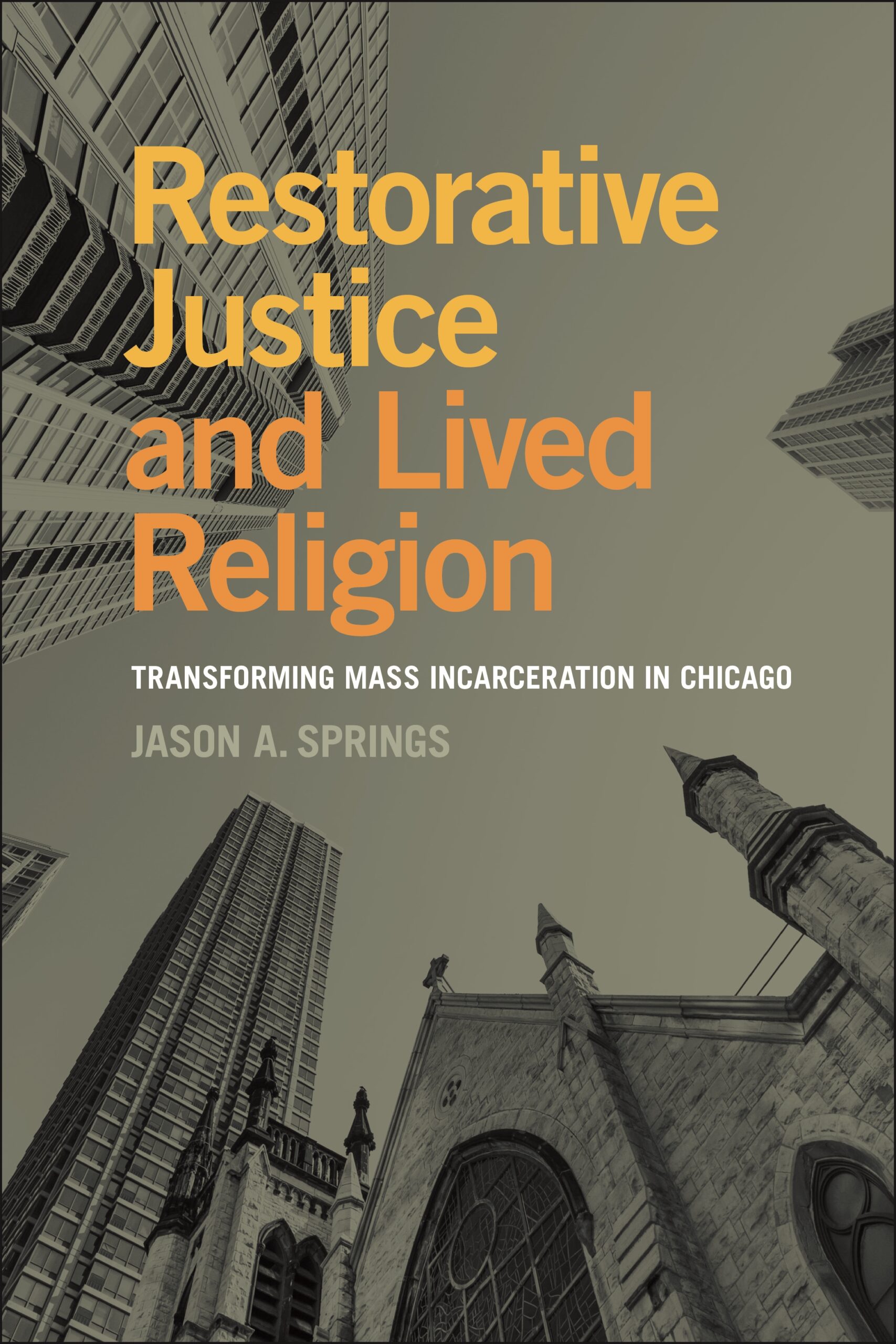 The concept of justice is attracting much theological reflection today. The current interest is in different kinds of justice for specific groups and issues, such as climate justice, civil rights, women’s reproductive justice, and economic justice, which are implicated with the others. This reckoning with justice is not new, of course. The history of Christian theology reveals a longstanding preoccupation with the concept. Justice is one of the preeminent divine attributes, as Paul writes in Romans 1:17. It was on this verse, in turn, that Luther concentrated his exegetical efforts, casting his reformation breakthrough as a new understanding of the iustitia dei: God makes the sinner just in Christ. The doctrine of justification in Luther’s theology thus connects God’s justice to human justice.
The concept of justice is attracting much theological reflection today. The current interest is in different kinds of justice for specific groups and issues, such as climate justice, civil rights, women’s reproductive justice, and economic justice, which are implicated with the others. This reckoning with justice is not new, of course. The history of Christian theology reveals a longstanding preoccupation with the concept. Justice is one of the preeminent divine attributes, as Paul writes in Romans 1:17. It was on this verse, in turn, that Luther concentrated his exegetical efforts, casting his reformation breakthrough as a new understanding of the iustitia dei: God makes the sinner just in Christ. The doctrine of justification in Luther’s theology thus connects God’s justice to human justice.